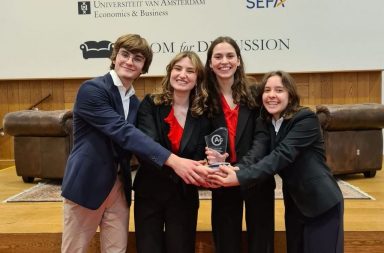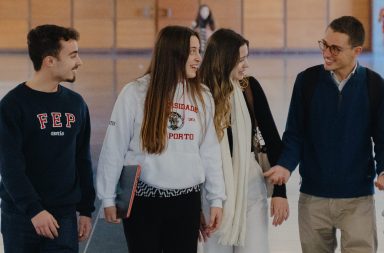The study, which aimed to estimate the global significance of the event and its economic impact in net terms on the Metropolitan Area of Porto, concluded that the Queima generates 28 million euros, attracting hundreds of thousands of people.
“The result of this study confirms that the Queima das Fitas do Porto – the biggest party of the Porto academy – generates an unparalleled dynamic in the economy of the cities of Porto and Matosinhos. Eight nights of responsible and increasingly sustainable festivities allow the Academic Federation of Porto to develop its social work throughout the year, changing the future of many young people, always with education as a priority,” says Francisco Porto Fernandes, president of FAP.
The direct effects of the Queima das Fitas represent just over 40% of the total, relating to expenditure on goods and services made by the Academic Federation of Porto (FAP) for the Queima and by participants in the various activities included in the event. However, the majority (60%) result from indirect effects – due to the need for additional inputs for the production and supply of these goods and services – and induced effects – due to the use of additional income resulting from direct and indirect effects. The sectors where these effects are most felt include: clothing, restaurants, beverages, transportation, accommodation, security and creative, artistic and entertainment services.
The study also attests to the importance of holding this event, in that it provides FAP with the necessary income for a wide range of achievements, such as: the construction and maintenance of a 40-bed university residence, the development of the “FAP no Bairro” project, a community space designed and coordinated by students in Bairro do Carriçal and Bairro Dr. Nuno Pinheiro Torres, the Porto Academic Competitions, which promote cognitive learning and a healthy lifestyle; and the maintenance of the Tomorrow Summit, a platform for promoting ideas and stimulating discussion about the Academy’s relationship with a city that is becoming increasingly Smart City.
The results thus highlight the economic and social importance of this century-old tradition, which continues to play a vital role in boosting the region.




